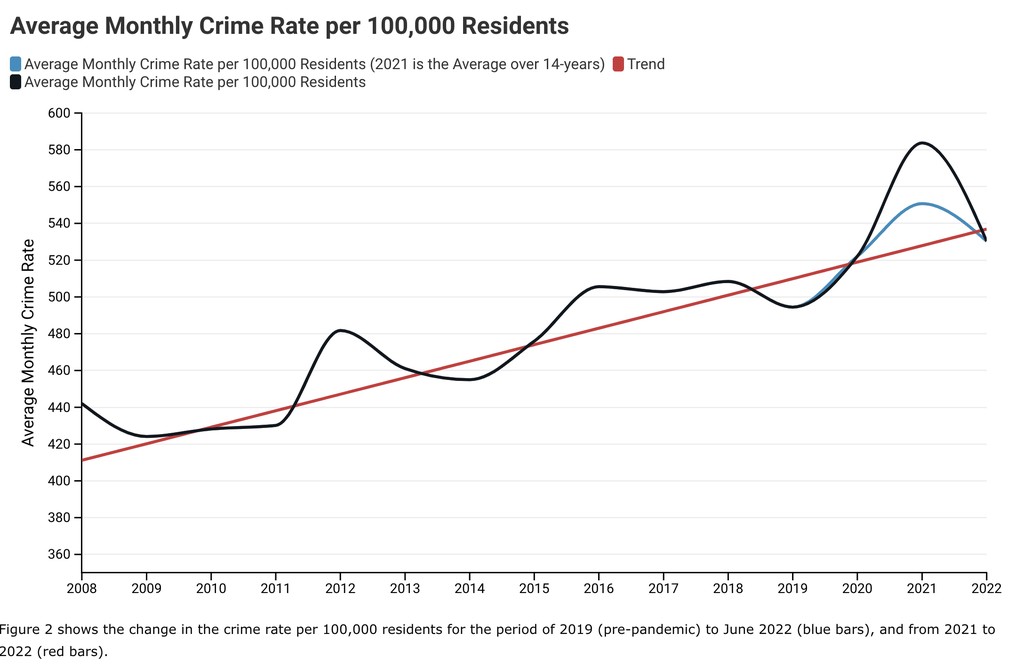Ohio Democrats are mounting a full-scale push to make gun control a top issue for voters next year, blaming the state’s “liberalized” gun laws for an increase in crime in cities like Cleveland and Columbus while downplaying the damage done by their own soft-on-crime policies and practices.
On today’s Bearing Arms’ Cam & Co we’re taking a look at the latest attempt to criminalize the right to keep and bear arms, starting with a new USA Today poll and story that almost seems coordinated with anti-gun politicians in Columbus. According to the results of the survey, which were released today, broad swathes of the electorate is in favor of “universal background checks” and requiring training in order to receive a concealed carry license, while smaller majorities are in favor of a “red flag” law and bans on so-called assault weapons and large capacity magazines.
Though the USA Today/Suffolk poll was only released to the public this morning, Columbus Mayor Andrew Gintner and other anti-gun Democrats seemed to be aware of its results beforehand, since they touted the poll in a mid-morning news conference at the state capitol.
Citing new polling that shows most Ohioans support gun control laws like universal background checks and mandatory training to carry concealed weapons, Democratic leaders from Columbus demanded action from state lawmakers Thursday.
“The numbers don’t lie,” House Minority Leader Allison Russo, D-Upper Arlington, said.
Democrats said the Suffolk University/USA TODAY Network Ohio Bureau poll taken July 9-12 is proof that Ohioans want “common sense gun reforms.”
The poll found that 92% of Ohioans support mandatory background checks for firearm purchases, 88% want mandated training for those who carry concealed weapons, and 75% support safe storage laws.
Here’s a number that Democrats don’t want to talk about: 62.8%. That’s how much of the vote Gov. Mike DeWine received just last year in his re-election bid, defeating former Dayton mayor Nan Whaley by 25 points. Whaley made gun control a centerpiece of her campaign, slamming DeWine at every given opportunity for signing permitless carry into law and making it possible for school districts to once again have trained and vetted school staff go armed for the protection of students if they desire.
Ohio voters had an opportunity to choose between DeWine’s pro-2A stance and Whaley’s anti-gun positions less than a year ago, and they overwhelmingly voted against the gun control candidate, so color me skeptical that there’s been an overwhelming change in opinion among the state’s voters over the past nine months. And as state Senate President Matt Huffman told USA Today, “Polls are interesting, but they’re not helpful in policy making often. They’re not a good way to govern.”
For example, he thought Ohioans would overwhelmingly say lying is bad, but the First Amendment protects our right to be dishonest.
And Huffman suspected support for things like universal background checks, red-flag laws and safe storage requirements would drop if voters were asked about specific policies.
“What background checks are we talking about? Court records? Financial records?” Huffman said. “And how far back should we look?”
Huffman said people might oppose a specific background check law if it banned gun ownership to someone with a misdemeanor drug possession charge from 20 years ago.
“There’s a great difference between a poll and a policy,” he said.
Huffman’s absolutely right, but it’s incumbent on Republicans and Second Amendment supporters across the political spectrum to discuss in earnest how these supposedly “common-sense reforms” actually work in practice. Colorado, for example, has put every one of the policies demanded by Gintner and Ohio Democrats in place over the past decade, and crime has steadily increased even with “red flag” laws, universal background checks, and a ban on the sale of “large capacity” magazines. The Common Sense Institute in Colorado even provided a handy graph for readers in its 2022 report on crime in the state.

Polls may show broad support for various gun control laws, but that support is about an inch deep for most voters, who are ultimately concerned about their personal safety and violent crime, not whether or not someone should face a criminal charge for possessing a 17-round magazine.
It’s true that cities like Columbus and Cleveland are seeing an increase in crime of their own right now, but if Ohio’s gun laws were to blame we’d be seeing an across-the-board spike throughout the state. That’s not happening. According to crime analyst Jeff Asher’s data dashboard, while homicides in Cleveland are up 26% compared to last year and Columbus has seen a 13% rise in murders, in Akron and Cincinnati homicides are down by more than 20%. Toledo is doing even better, with a 40% reduction in homicides so far this year compared to 2022.
This suggests that the crime woes in Columbus and Cleveland aren’t being driven by statewide policies or politics but by a relatively small number of individuals who are largely unconcerned about what laws are in place; a group that includes an increasing number of juvenile offenders. At a press conference on Wednesday, Cleveland officials offered various theories about why the city is becoming a more dangerous place while decrying a recent incident of mob violence conducted almost entirely by teens and pre-teens.
The officials presented video of a vicious beating of an apparently innocent man at a gas station who was attacked Tuesday by at least 10 people, some armed. Following the beating, which occurred in the city’s Collinwood-Nottingham neighborhood, a handful of assailants fired shots in the air, though their targets were unclear. No one was seriously injured, but the 34-year-old victim of the beating required medical treatment, [Cuyahoga County Prosecutor Michael] O’Malley said.
After the incident, police arrested and charged 12 juveniles, they said. Eleven are being held in the county’s juvenile detention center, and the 12th, a 12-year-old girl, was put on a home detention program.
Citywide, homicides are up 27% compared to this time last year, and shootings are up more than 10% according to the latest police data.
O’Malley said the crime spike is fueled in part by rising juvenile violence. He pointed to recent homicide statistics, claiming that murders committed by children this year are currently at 23 – the same level as for all of 2021.
Juveniles can’t legally purchase or carry a firearm in Ohio, so slapping more gun control laws on the books isn’t going to address this problem. From a political perspective, however, it’s both better and easier for guys like Cleveland Mayor Justin Bibb to try to pin the blame on Republicans in the state capitol than to address the shortfall of police officers and the soft-on-crime policies that are fueling the violence in his city.
It’s also easier for us as Second Amendment advocates to talk about how these gun control proposals would violate our rights than to get into a deep dive on crime statistics, but it would be a mistake to allow Democrats to portray themselves as the only ones with the answers when it comes to fighting crime. Their assertions need to be challenged, not only on Second Amendment grounds, but from a public safety perspective as well. If they want to make the 2024 election about gun control, let’s shine a spotlight on their own failures and offer proven solutions that can reduce crime while ensuring that responsible citizens still have the right and the means to protect themselves.









Join the conversation as a VIP Member